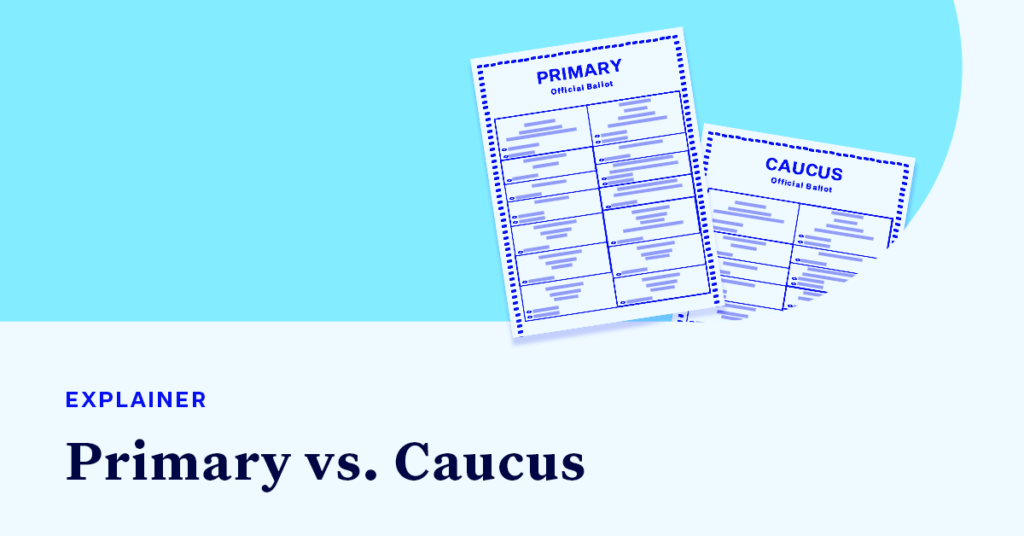The Differences Between Presidential Primaries and Caucuses

In recent weeks, controversy over the administration of presidential caucuses and primaries in states like Nevada and Utah has prompted confusion among voters. Disinformation, with claims like former President Donald Trump forgetting to file to be on the ballot, have made matters worse. So what exactly are primaries and caucuses, what separates the two and how do versions of each differ?
In the U.S., a significant majority of states use primaries for electing the president, though that was not always the case. The method didn’t become the main method of choosing nominees until the 1970s. There are 43 states in the U.S. that utilize state-run primaries. A handful of other states use caucuses, and a few even use both.
The first fundamental difference between presidential primaries and caucuses is who runs them. Caucuses are entirely controlled and run by political parties, with no funding, regulating or oversight provided by state and local governments. Primaries, on the other hand, are directly run by state and local governments. This also means that rules surrounding elections, like voter ID requirements, are set by the parties in caucuses but by state-controlled election procedures in primaries.
The second difference, and arguably most apparent, is how the elections are held. Primaries use the process most voters are familiar with where voters choose their candidate from a list on an official ballot and then securely, usually by electronic means, submit their vote. Polling places are generally quiet, with little to no interaction between voters.
Caucuses are a different story, and act more as a hectic political event. Held at the county, district or precinct level, caucuses are at a specific time of day. Interaction between voters is common, as is jockeying around for candidate support. Supporters of candidates may make short speeches, hold up signs and hoards of voters may find themselves sitting close by in places like school gymnasiums.
While caucus formats can differ, so too can primary formats. The first type of primary, and most common, is open primaries. These are generally primaries where voters — regardless of party affiliation — may choose to vote on any party’s ballot, though they may only choose one. Voting in an open primary also does not register the voter with that respective party. Partially open primaries similarly allow voters to cross party lines, but may require voters to declare their ballot choice, and/or their selection can be regarded as a form of party registration.
In closed primaries, voters often must first register with a party, and are only permitted to vote in that respective party’s primary elections. Partially closed primaries are similar, with the difference being that parties themselves can choose whether to allow unaffiliated voters or those not registered with a party to vote in their primary.
Other states allow unaffiliated voters to vote in any one primary, but restrict those registered with a party to voting in that party’s primary.
The presidential election cycle is in full swing with the Iowa caucus and New Hampshire primary already having taken place. Voters can rest assured that officials and experts have safeguarded the process in this week’s Nevada primary and caucus and are working to alleviate consternation surrounding the nominating process.